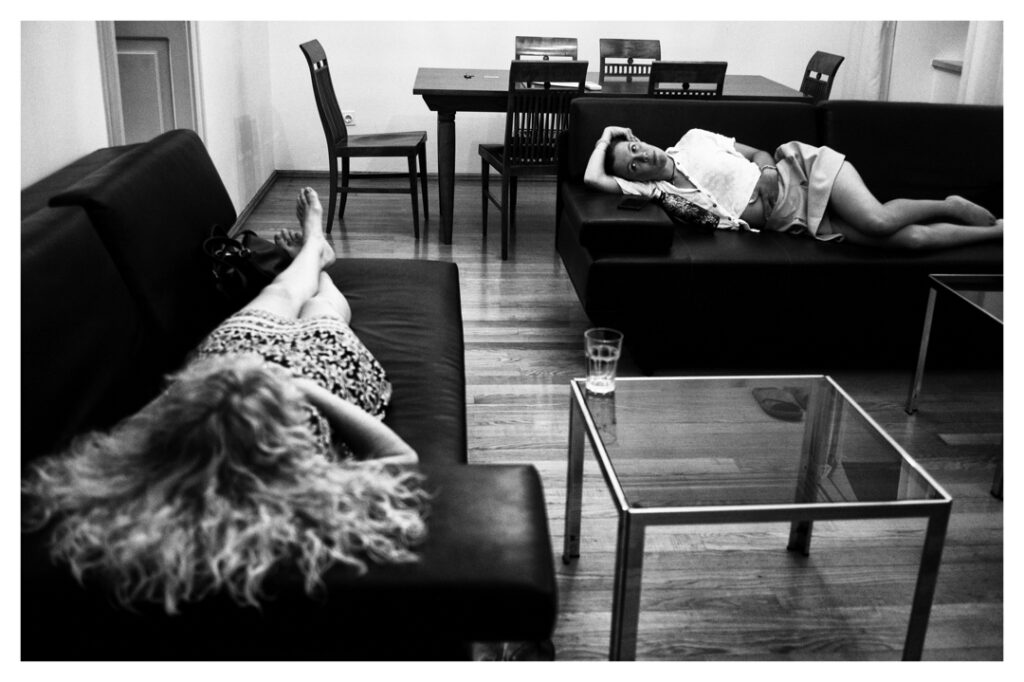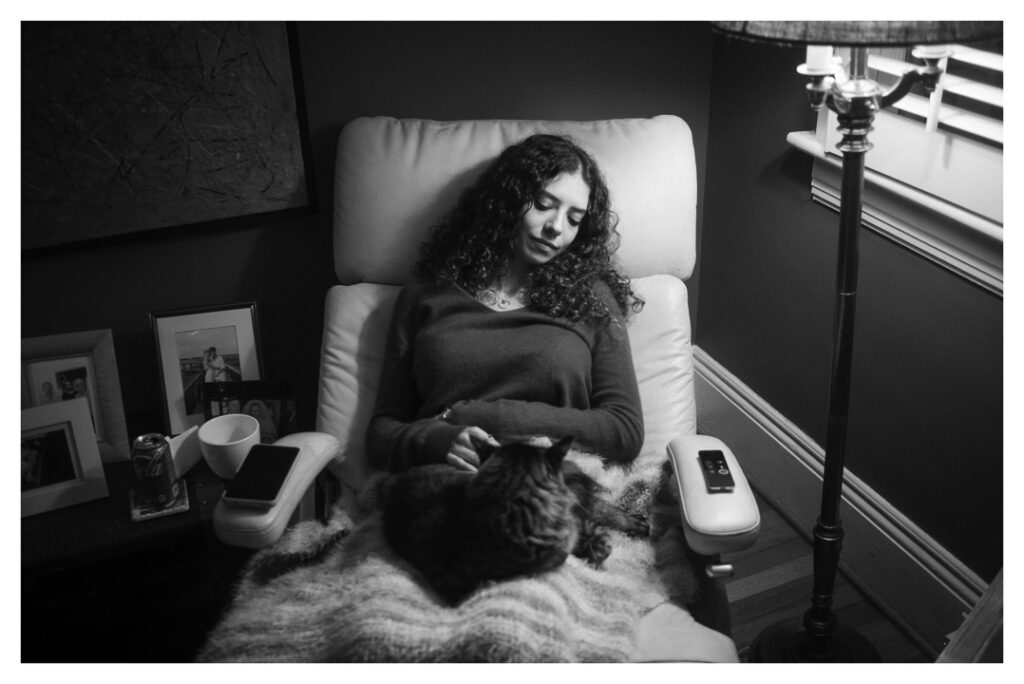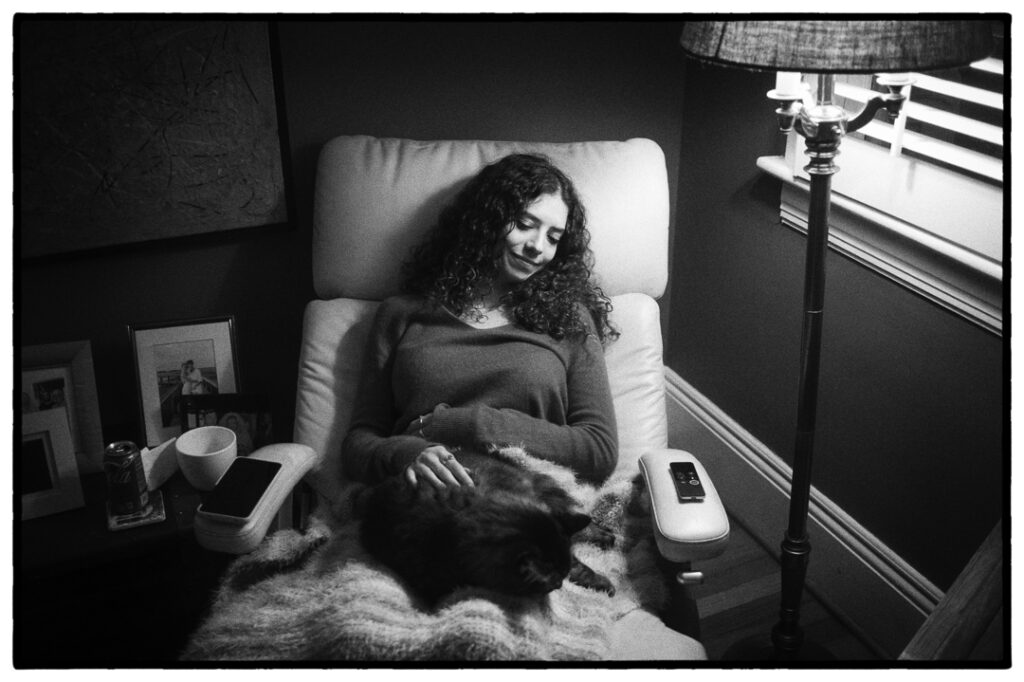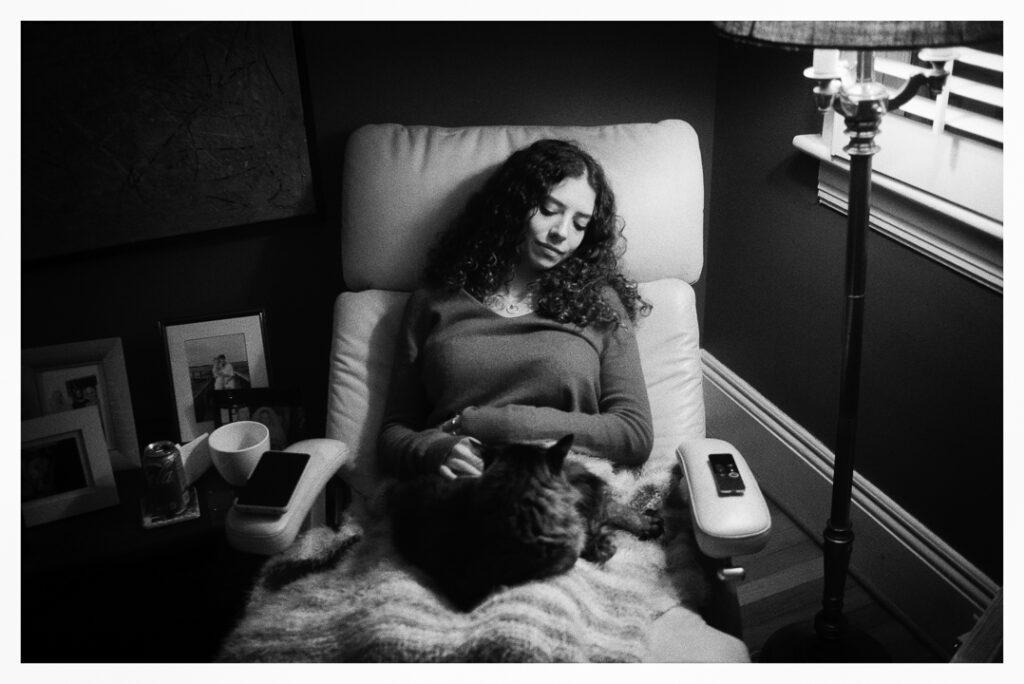
Donna and Nicki, Dubrovnik 2021, taken with my M9 CCD Monochrom
In a recent post I claimed that Leica’s Service Department Sucked. I’m taking that back. Let me explain.
Last September, while in Dubrovnik, I dropped my M9 Monochrom from a very low table (2 feet maybe) onto a carpeted floor. Should be nothing to worry about, except that the shutter wouldn’t fire now. I envisioned thousand dollar repairs and 1 year waits via Leica’s New Jersey Service Department. As such, upon arriving home I shelved the camera and forgot about it. I’ve got a bunch of other cameras, an M240 which I really like in particular, and I wasn’t shooting much of anything anyway. When I got my terminal diagnosis recently, I realized I needed to get the Monochrom fixed or it would probably end up in the trash after I died due to my estate assuming it was just an inoperable camera with no inherent value…so I sent it off to Leica USA and waited. They acknowledged receipt on August 23rd and then…crickets.
About 3 weeks ago I sent the Leica Service folks the following email:
Can you give me a timeframe for my repair? Believe it or not, I’m
terminally ill – have a few months left – and I’d love to get my
monochrom back for just a bit before I head off to oblivion.
To which they replied immediately, indicating they were moving my repair to the front of the line. Which they did (my apologies to all those Leicaphiles waiting for their camera to get fixed; I just jumped to the front of the line!) I’ve got my Monochrom back, rangefinder adjusted, sensor cleaned, shutter firing (apparently it was just a loose wire somewhere).
That’s good service. Thank you, Leica.
*************

Basic Out-of-Camera Monochromed M240 DNG File
Of course, what this calls for in celebration is a totally anecdotal ‘test’ comparing the B&W output of the Leica M240 against the M9 Mono. The M240 has a 24 mp CMOS sensor, the MM an 18 mp CCD sensor. The same lens – a VC 35mm f2.5 (great lens BTW) – was used for both, making for a ballpark oranges to oranges comparison. (Pixel peeping at x400 magnification will have to wait for another post). Above is an M240 DNG file that imported into LR and very basic adjustments made, essentially just playing with the exposure curves a bit. Directly below is a Monochrom DG subjected to the exact same initial treatment as the M240 file above:

Basic Out-of-Camera Monochrom DNG File
Like most Monochrom DNG files, it’s a bit flat. That’s OK. It’s OK, because Monohrom DNG files, as opposed to in-camera jpgs, are meant to be post-processed. Leica even sent purchasers a copy of Silver Efex along wit the camera. And as a dedicated B&W shooter I always run my files through Silver Efex for a final print or something posted digitally. (I’ve made these files big enough so you can click on them and get somewhat of a larger view). It’s there that I notice the increased flexibility of the Monochrom DNG versus the M240 DNG converted to B&W and then worked up.


Above are the M240 and the MM files respectively, again, this time worked up in Silver Efex to emulate an HP5 negative. The changes made varied between the two files; what I was looking to do was get the best end result I could be each file, and this necessarily required different adjustments.
Nothing wrong with the M240 version – it certainly can stand on its own – but the MM print just has a sharpness and pop that the M240 print doesn’t. Of course, I could have jacked up the contrast and sharpness just a bit more in the M240 print after I’d compared it to the MM print. That’s typically what we’d do in the wet darkroom, right? We’d print it again, knowing we wanted more contrast, this time using a more contrasty grade of paper and, for maximum sharpness, a grain focuser.
So what you see below is the M240 file previously edited in LR, now with some added contrast and sharpness:

Still not up to the MM final print. Arguably not as good as the previous M240 file above. Who knows. All of this is subjective and really is arguing over relatively small differences. Does it make any difference in real life? For most photographers, probably not. For those of us dedicated B&W shooters with an eye cultivated through long experience with both film and digital B&W, yes. It does.
